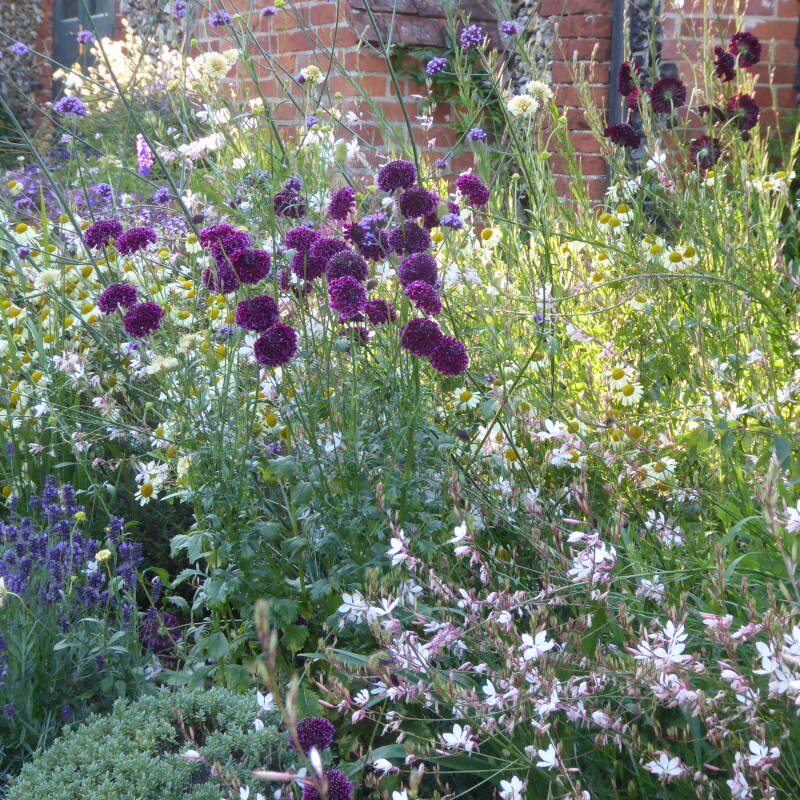Canna, Canna: “Tropical Burst”
Do you need a perennial that joyously sings of faraway lands filled with tropical loveliness? (Who doesn’t?) Popular with Victorian plant collectors who prized the plants for their dramatic foliage and crayon-colored flowers, cannas can lend an exotic air to any garden. (But if you live in a USDA growing zone colder than 8, you will need to dig them up and store them indoors during winter.)
Please read on to learn more about these tropical beauties:

The name canna comes from the Latin word for a cane or a reed, and this seems completely sensible after you have grown this very upright, good-postured perennial. Native to semi-tropical and tropical parts of North and South America, the rhizomatous bulb (meaning it spreads by rhizomes) makes itself happy in rich soil and produces a summer explosion of inflorescences.
Interestingly, cannas are a valuable food source for certain cultures because the root contains a high-quality starch, and have been cultivated for more 4,000 years. Today more nutritious and higher yielding crops such as corn and potatoes are replacing cannas.

My top choice is ‘Bengal Tiger’, which looks amazing even when not blooming because of its green and yellow striped leaves edged with red.

Cheat Sheet
- Cannas are a good flower for a pollinator garden; all are appreciated by bees and hummingbirds.
- Because of their bold colors and large leaves, cannas most naturally pair with other brightly colored perennials, including begonia and heuchera, while also looking great next to other robust-leafed plants including palms, ferns, and bromeliads.
- Plant this exotic-looking tropical where its summer blooms can be fully appreciated. Also, because most varieties are tall, they should be planted in the back of the bed, or as the centerpiece in a container with lower-growing plants circling them.

For more of this garden, see Back to Africa: At Home in My Mother’s Garden.
Keep It Alive
- Blooming late spring until frost in warmer climates, these exotic beauties love sun and fertile, moist soil. Mulch to help moisture retention and provide winter protection.
- After blooming, cut each stem to the ground. Also, despite being tough, canna leaves are adored by snails and slugs so prune damaged leaves and apply an organic bait, such as Sluggo.
- Where not hardy, plant outdoors in early summer (tip: plant when you plant tomatoes) and lift the rhizomes to store for winter if your ground is known to freeze.
N.B.: This post is an update; it was first published May 2017.
For more of our favorite tropical plants, see:
- Design Guide to Tropical Plants.
- Best Houseplants: 9 Indoor Plants for Low Light.
- Garden Design 101: A Guide to Orchid Care.
- How to Make an Orchid Bloom Again.









Have a Question or Comment About This Post?
Join the conversation